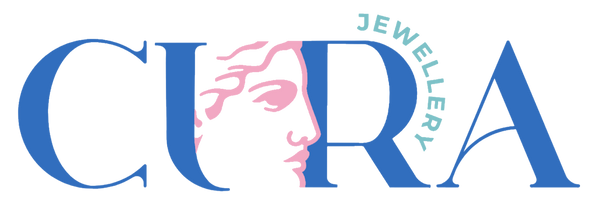
FAQ's
WHAT IS HDPE PLASTIC?
HDPE, or High Density Poly Ethylene, is a type of plastic most commonly used for bottle caps, shampoo bottles and other cleaning products. It can be identified by a small triangle with the number '2' in the centre. Sometimes this little symbol will include 'HDPE' or 'PEHD' below it. This classification symbol can be found on the underside of the bottle or lid.

WHY USE HDPE PLASTIC?
HDPE plastic is a 'thermo plastic'. This means it can be heated up and moulded into different shapes. Some plastics release harmful and toxic fumes when heated/ melted, but HDPE releases no harmful fumes, thus making it a safe plastic to work with. It can be reheated, remoulded and recycled repeatedly. It is also unfortunately one of the most plentiful forms of plastic waste.
Whilst this plastic is recycled often, gaining new life in the form of more bottle caps and detergent bottles, it remains trapped in this cycle of single use products. It is also not always recycled next time around, so while it stays in this cycle, it still has the opportunity to end up in places it should not be- nature. It has also been proven that recycling plastics to be used again for single use items actually causes an increase in production of virgin plastics, as it encourages the need of this material. CURA jewellery aims to reduce pollution by sourcing waste HDPE from communities with recycling challenges, and give this plastic a new, longer life in the form of cherished jewellery
